How To Use Uv Filter For Camera?
Using a UV filter for your camera can be a game-changer in terms of protecting your lens and enhancing the quality of your photos. Whether you're a professional photographer or an enthusiastic hobbyist, understanding how to effectively use a UV filter can significantly impact your photography. In this article, we will delve into the various aspects of UV filters, including their benefits, how to choose the right one, and practical tips for using them.
What is a UV Filter?
A UV (ultraviolet) filter is a transparent filter that attaches to the front of your camera lens. Its primary function is to block ultraviolet light, which can cause haziness or a blueish cast in your photos, especially in outdoor settings. While modern digital sensors are less sensitive to UV light compared to film, UV filters still offer several advantages.
Benefits of Using a UV Filter
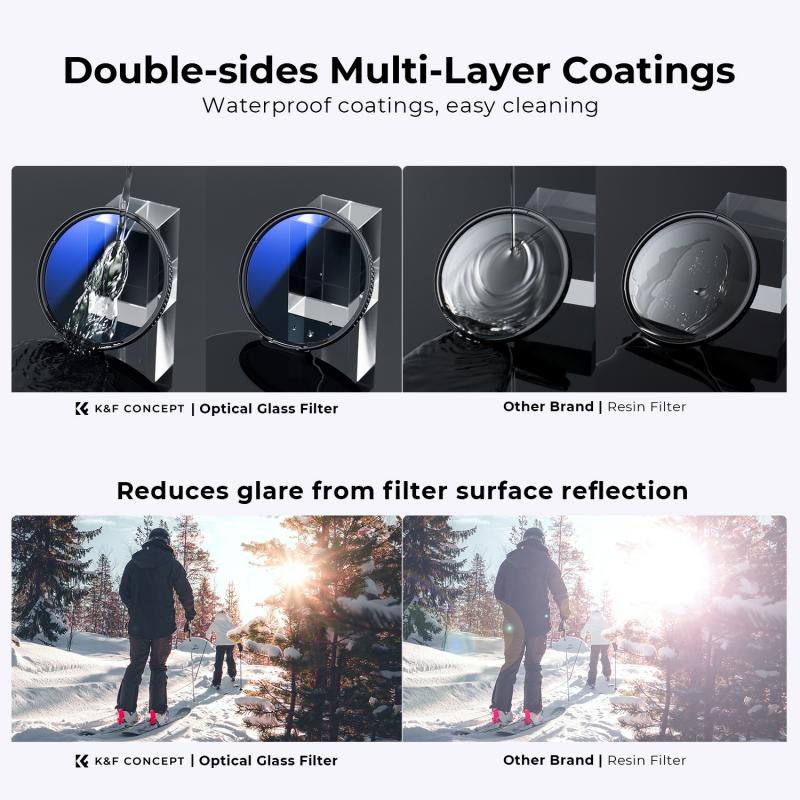
1. Lens Protection: One of the most significant benefits of using a UV filter is that it acts as a protective layer for your lens. It can shield your lens from dust, dirt, scratches, and even minor impacts. Replacing a UV filter is far less expensive than repairing or replacing a damaged lens.
2. Improved Image Quality: By blocking UV light, these filters can reduce haze and improve the clarity and contrast of your images. This is particularly useful in high-altitude or coastal areas where UV light is more intense.
3. Ease of Cleaning: Cleaning a UV filter is much easier and less risky than cleaning the lens itself. If the filter gets smudged or dirty, you can clean it without worrying about damaging the lens coating.
Choosing the Right UV Filter
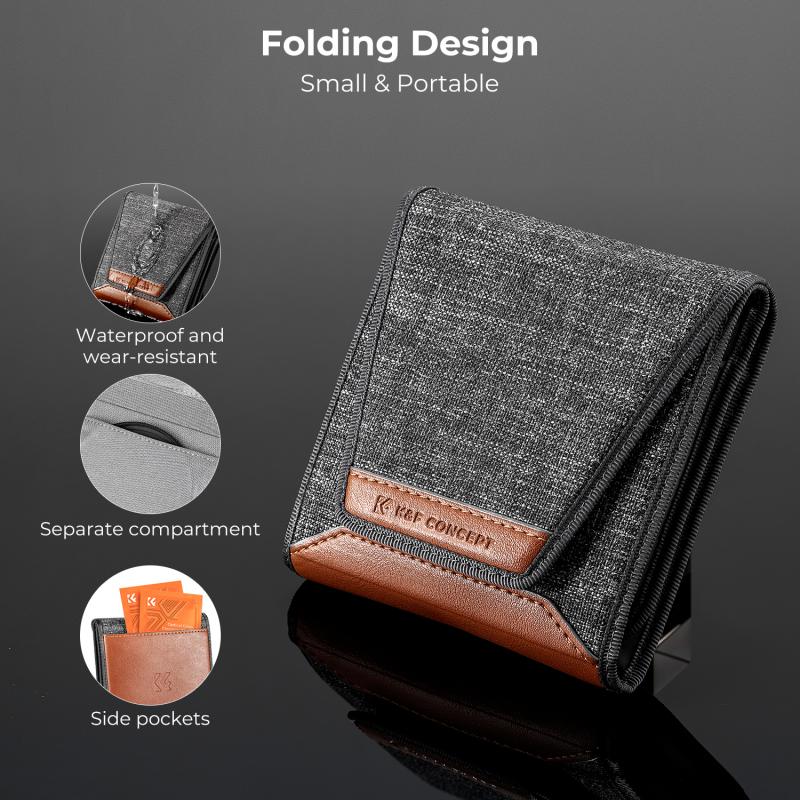
When it comes to selecting a UV filter, there are several factors to consider:
1. Filter Size: The filter size should match the diameter of your lens. This information is usually found on the lens itself or in the lens manual. Common sizes include 52mm, 58mm, 67mm, 72mm, and 77mm.
2. Quality: Not all UV filters are created equal. Higher-quality filters are made from better glass and have superior coatings that reduce reflections and improve light transmission. Brands like Hoya, B+W, and Tiffen are well-regarded in the photography community.
3. Coatings: Multi-coated filters are preferable as they reduce lens flare and ghosting. Some high-end filters also have additional coatings that repel water and oil, making them easier to clean.
How to Attach a UV Filter
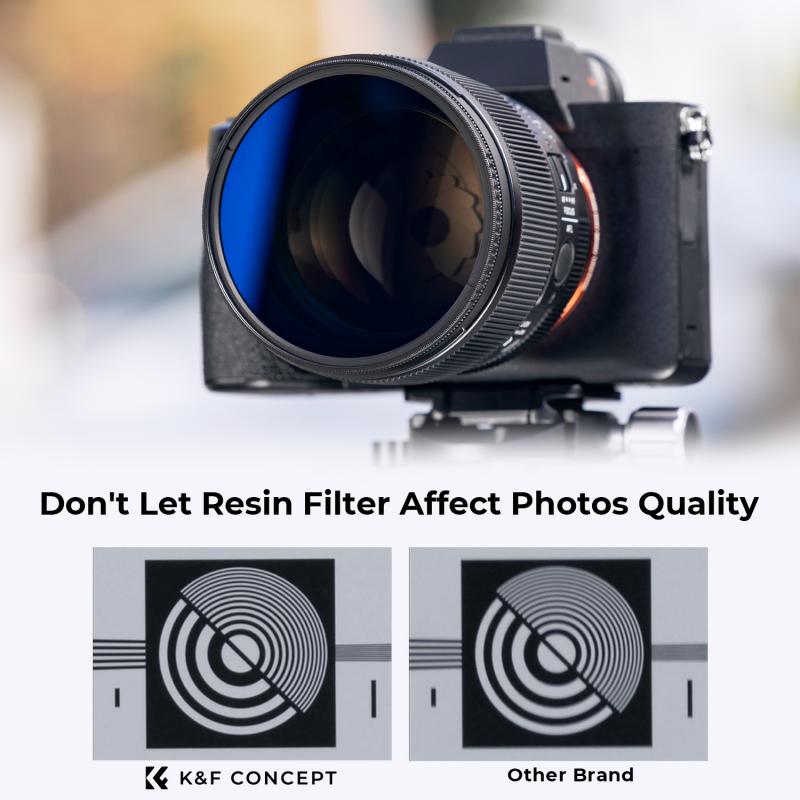
Attaching a UV filter to your lens is straightforward:
1. Check the Size: Ensure that the filter size matches your lens diameter.
2. Clean the Lens: Before attaching the filter, make sure the lens is clean to avoid trapping dust or smudges between the lens and the filter.
3. Screw it On: Gently screw the filter onto the front of the lens. Be careful not to cross-thread it, as this can damage both the filter and the lens.
Practical Tips for Using UV Filters
1. Leave it On: Many photographers choose to leave the UV filter on their lens at all times for protection. However, if you're shooting in conditions where lens flare is a concern, you might want to remove it.
2. Stacking Filters: Avoid stacking multiple filters on top of each other, as this can cause vignetting (darkening of the corners of the image) and reduce image quality.
3. Use a Lens Hood: A lens hood can help reduce lens flare and protect the filter from accidental bumps.
4. Regular Cleaning: Keep your UV filter clean to ensure optimal image quality. Use a microfiber cloth and lens cleaning solution to remove smudges and dust.
5. Test Shots: Take a few test shots with and without the UV filter to see if there is any noticeable difference in image quality. This can help you decide whether to use the filter in specific shooting conditions.
Common Misconceptions About UV Filters
1. Image Degradation: Some photographers believe that UV filters degrade image quality. While low-quality filters can introduce issues like lens flare and reduced sharpness, high-quality filters have minimal impact on image quality.
2. Only for Film Cameras: While UV filters were more critical for film cameras, they still offer benefits for digital photography, particularly in terms of lens protection and reducing haze.
3. All UV Filters are the Same: As mentioned earlier, the quality of UV filters can vary significantly. Investing in a good-quality filter can make a noticeable difference in your photos.
Using a UV filter for your camera is a simple yet effective way to protect your lens and enhance your photography. By understanding the benefits, choosing the right filter, and following practical usage tips, you can make the most of this valuable accessory. Whether you're shooting landscapes, portraits, or action shots, a UV filter can help you achieve clearer, more vibrant images while keeping your lens safe from harm. So, the next time you head out with your camera, don't forget to equip it with a UV filter and experience the difference it can make.


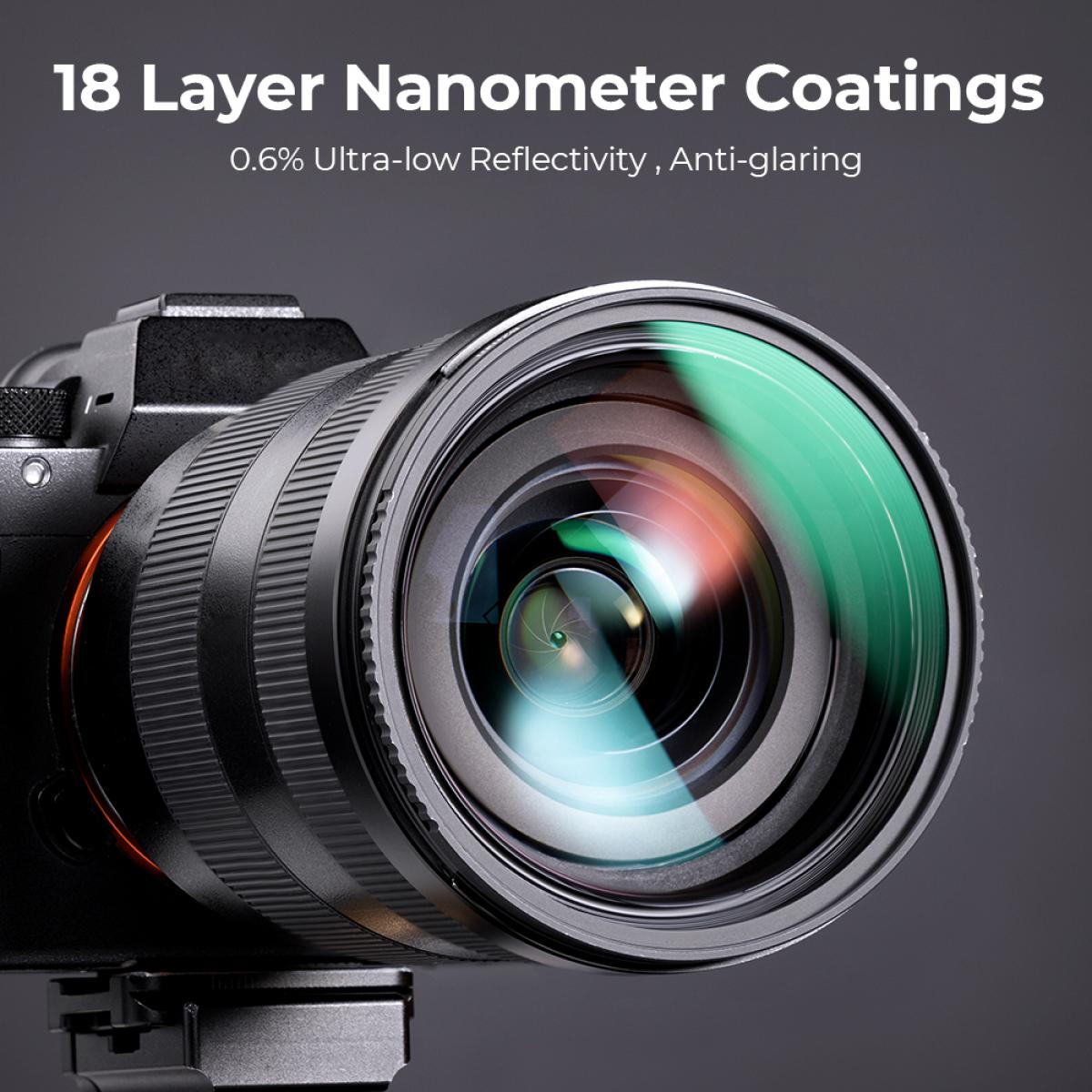

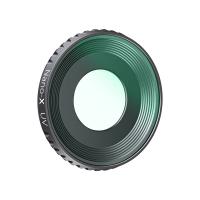
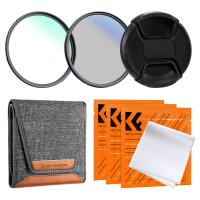



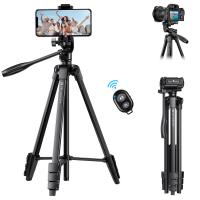

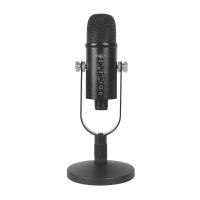
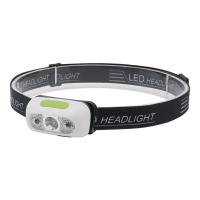
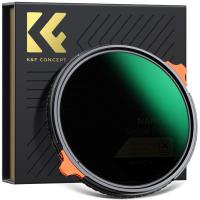
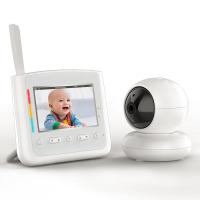
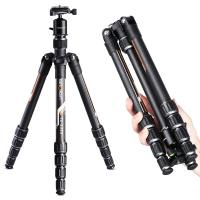

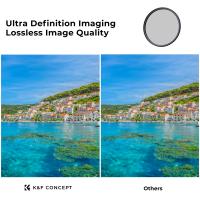





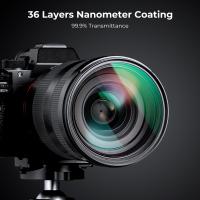
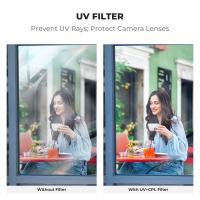
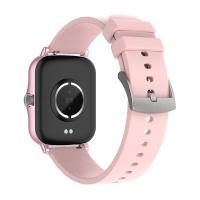
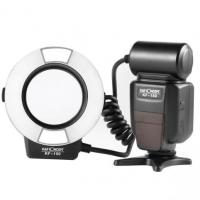

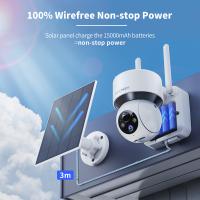



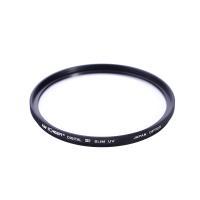
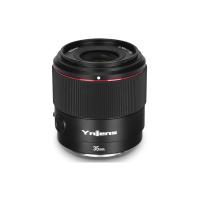
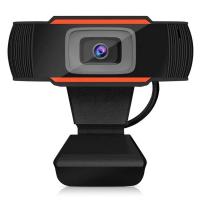
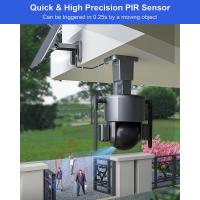
There are no comments for this blog.